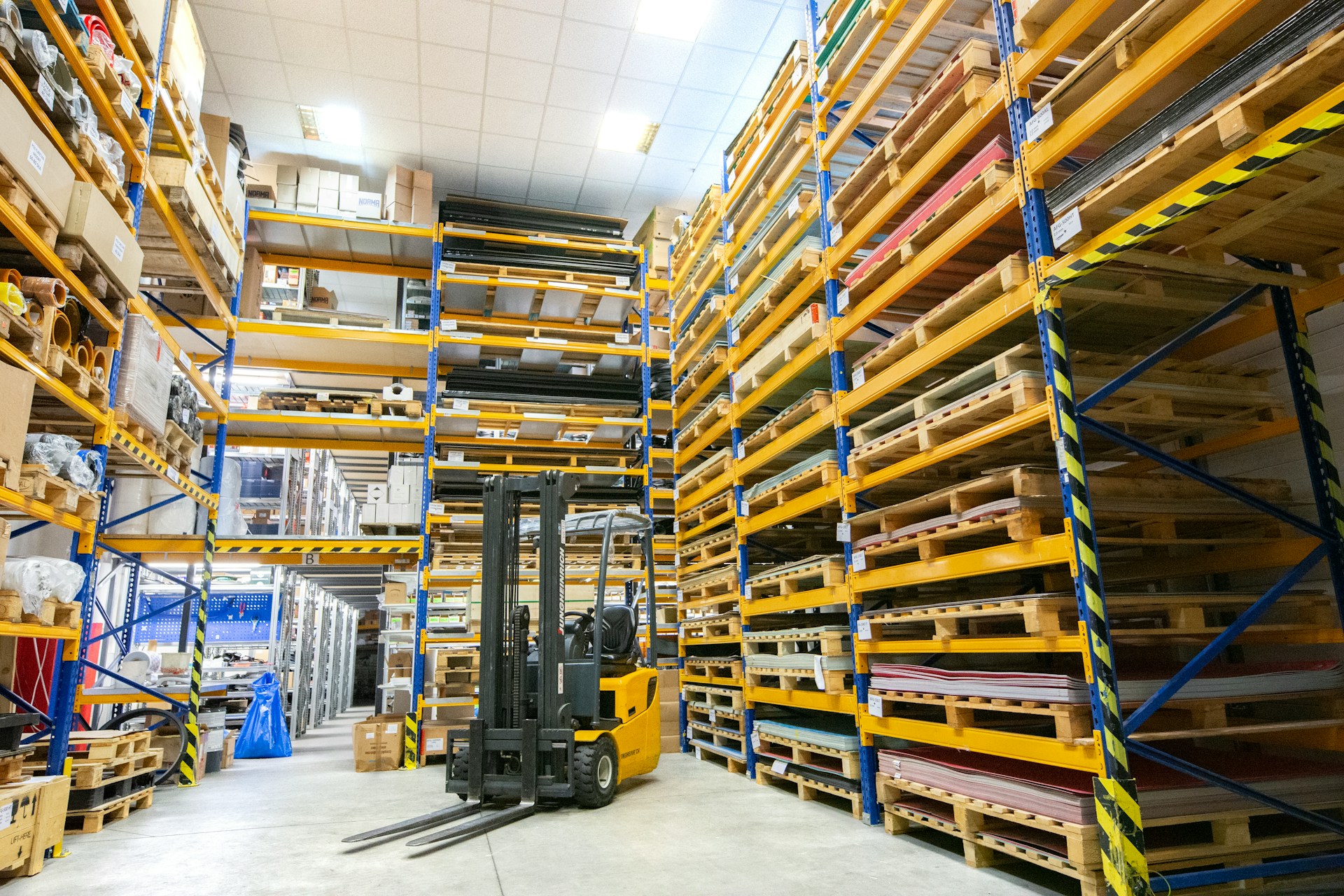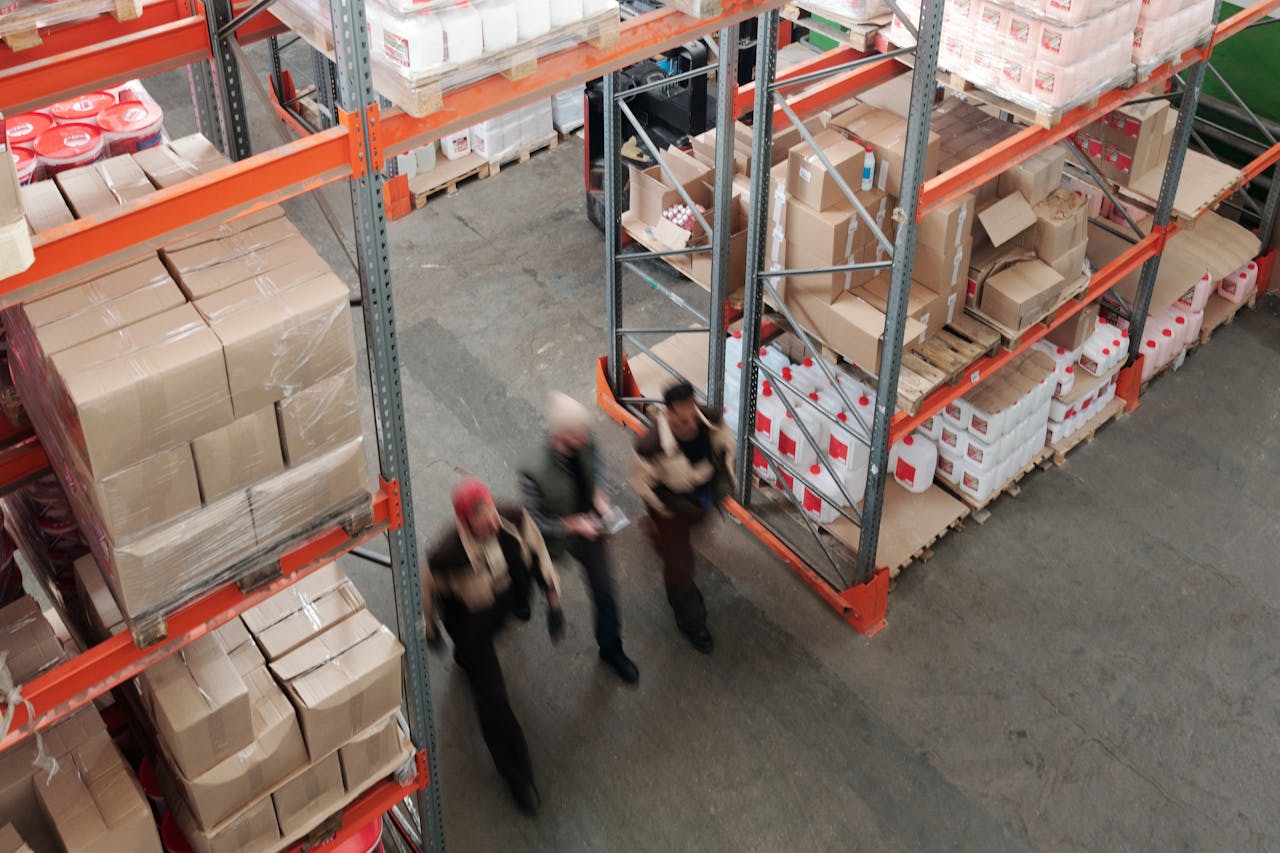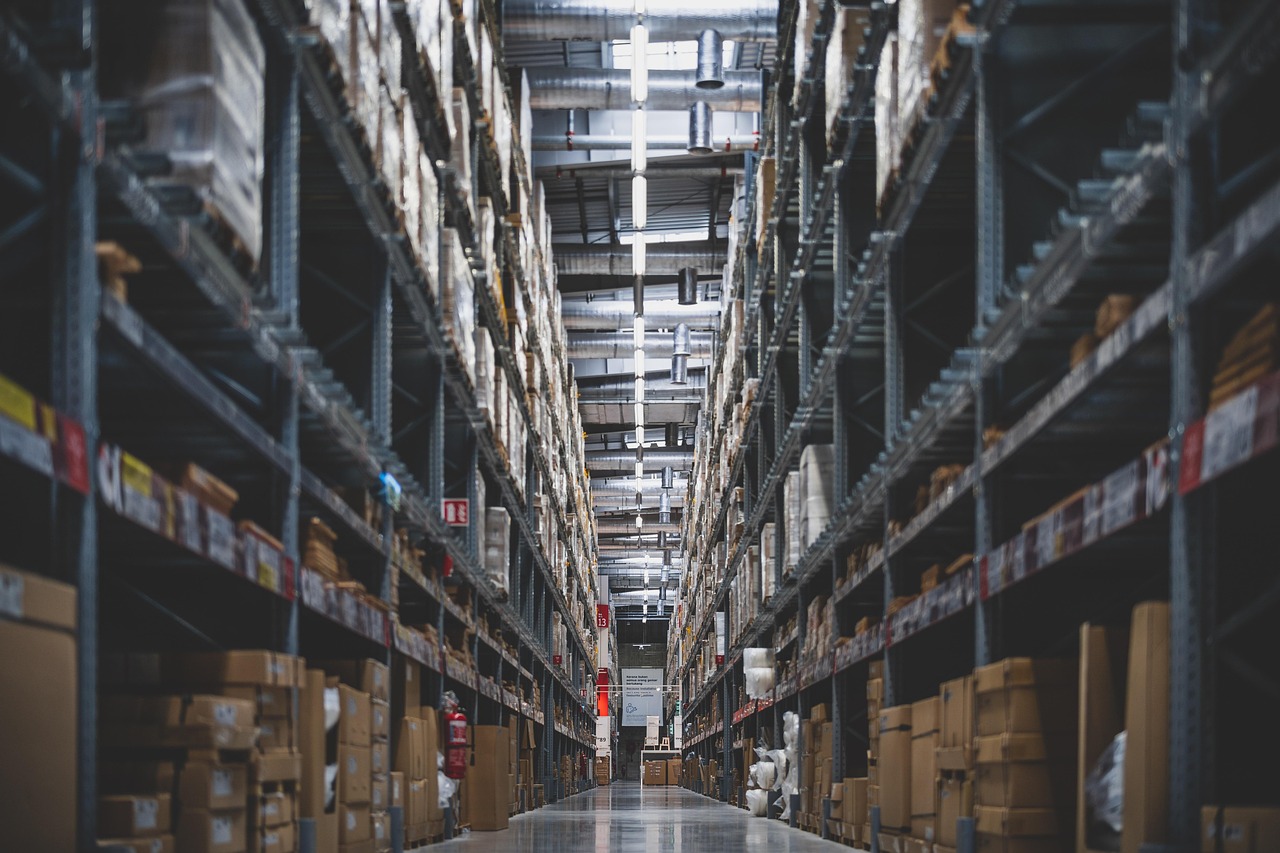When your online store starts getting bigger, figuring out how to actually get your products into customers’ hands becomes a real challenge. Fulfillment isn’t just about shipping boxes. It’s everything from getting inventory in, keeping it organized, handling orders, packing things up, shipping them out, and dealing with returns. Every little step counts if you want your orders to arrive on time and keep people coming back.
There’s no one-size-fits-all here. If you’re small, you might handle everything yourself and that works fine. But once orders pick up, it usually makes sense to bring in a third-party provider or use something like Amazon FBA. The trick is making sure nothing slips through the cracks like lost stock, slow deliveries, or confused customers, can hurt your business fast. When it all runs smoothly, growing your store becomes a lot less stressful..
Why Efficient Order Fulfillment Matters
How you get products to people says a lot about your business. Quick, accurate delivery makes customers happy. Slip up once, and you could lose them forever.
Here’s what really matters:
- Happy customers stick around. Most people won’t give a second chance after a bad delivery.
- Fast, correct shipments build trust. Slow or wrong deliveries turn people off quickly.
- Messy fulfillment costs you money. Mistakes, extra handling, and delays all chip away at profits.
- You need to see what’s happening. Without a system, it’s easy to lose track of orders and inventory.
Focusing on fulfillment isn’t just a “nice-to-have.” It’s how you keep your store running smoothly and make sure customers keep coming back. Fix it up, and everything else gets easier.
The Ecommerce Fulfillment Process: Step-by-Step
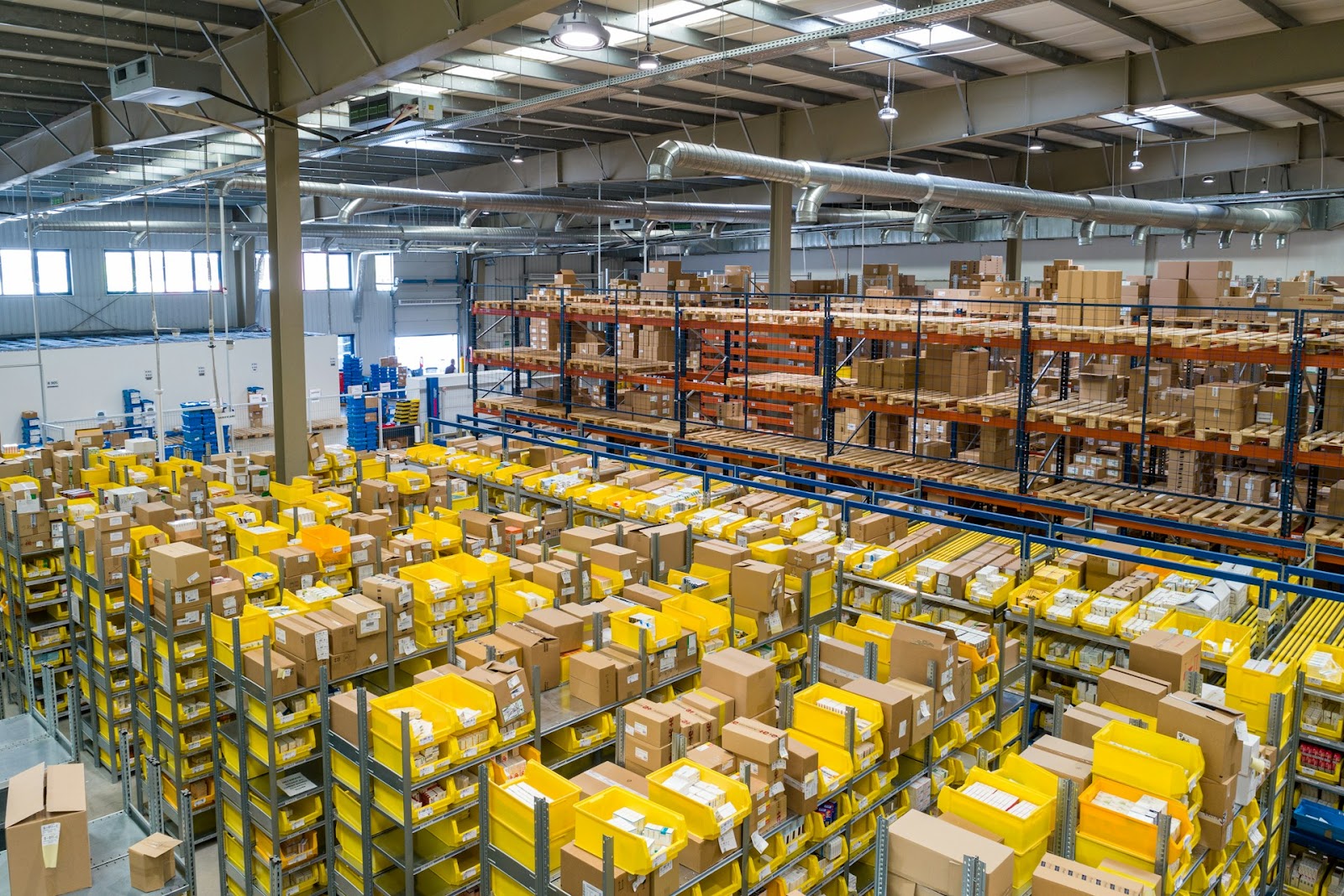
1. Receiving and Storing Inventory
Fulfillment begins when products arrive at the warehouse from your supplier or manufacturer. Staff check the shipment against the purchase order to make sure quantities are correct, items match the order, and nothing is damaged.
After checking, products are logged into the warehouse management system (WHS) and placed in their assigned spots on shelves or pallets. Where an item goes depends on its size, how often it sells, and any special handling it needs.
Effective warehouses organize storage to make picking easier. Related items are grouped near packing stations or arranged in zones to reduce travel time and mistakes. It is also important to keep inventory visible across all sales channels using your inventory management system (IMS). This helps prevent overselling or running out of stock.
2. Order Processing
When a customer places an order, the ecommerce platform sends the details to the order management system (OMS) or fulfillment provider. At this stage, the order is open but not yet fulfilled.
The system checks if the products are in stock and decides which warehouse should handle the order based on stock levels, distance to the customer, and service agreements. If needed, the system can split the order between multiple warehouses.
Inventory is allocated following rules such as First In, First Out (FIFO) or batch control to make sure stock is used efficiently and regulations are followed. Once all these checks are complete, the order is ready for the warehouse team to process.
3. Picking and Packing
Warehouse staff get detailed instructions showing which products to pick, how many, and where they are stored. These instructions are usually delivered through handheld devices or digital dashboards.
To speed things up and reduce errors, warehouses use different picking methods. Batch picking combines similar orders to limit repeated trips. Zone picking assigns staff to specific areas of the warehouse. Wave picking schedules picking based on shipping deadlines or order volume.
Once items are picked, they go to packing stations where they are scanned to ensure the order is correct. Packing is done carefully to protect the products during shipping and may include branded touches such as custom boxes or inserts. Good packing reduces damage, lowers shipping costs, avoids complaints, and helps reinforce your brand’s image.
4. Shipping and Delivery
Once orders are packed, they are handed over to the shipping carrier. The carrier is chosen based on delivery speed, cost, destination, and package size. Automated systems can make this easier by comparing multiple options to find the most efficient choice.
Shipping labels and tracking numbers are created and sent to the customer so they can follow their order. Keeping customers informed about when their package will arrive helps build trust and avoids confusion.
Where your warehouses are located and how routes are planned also make a difference. Smart placement and optimized delivery routes can speed up shipments and reduce costs, helping your packages reach customers quickly and reliably.
5. Returns and Reverse Logistics
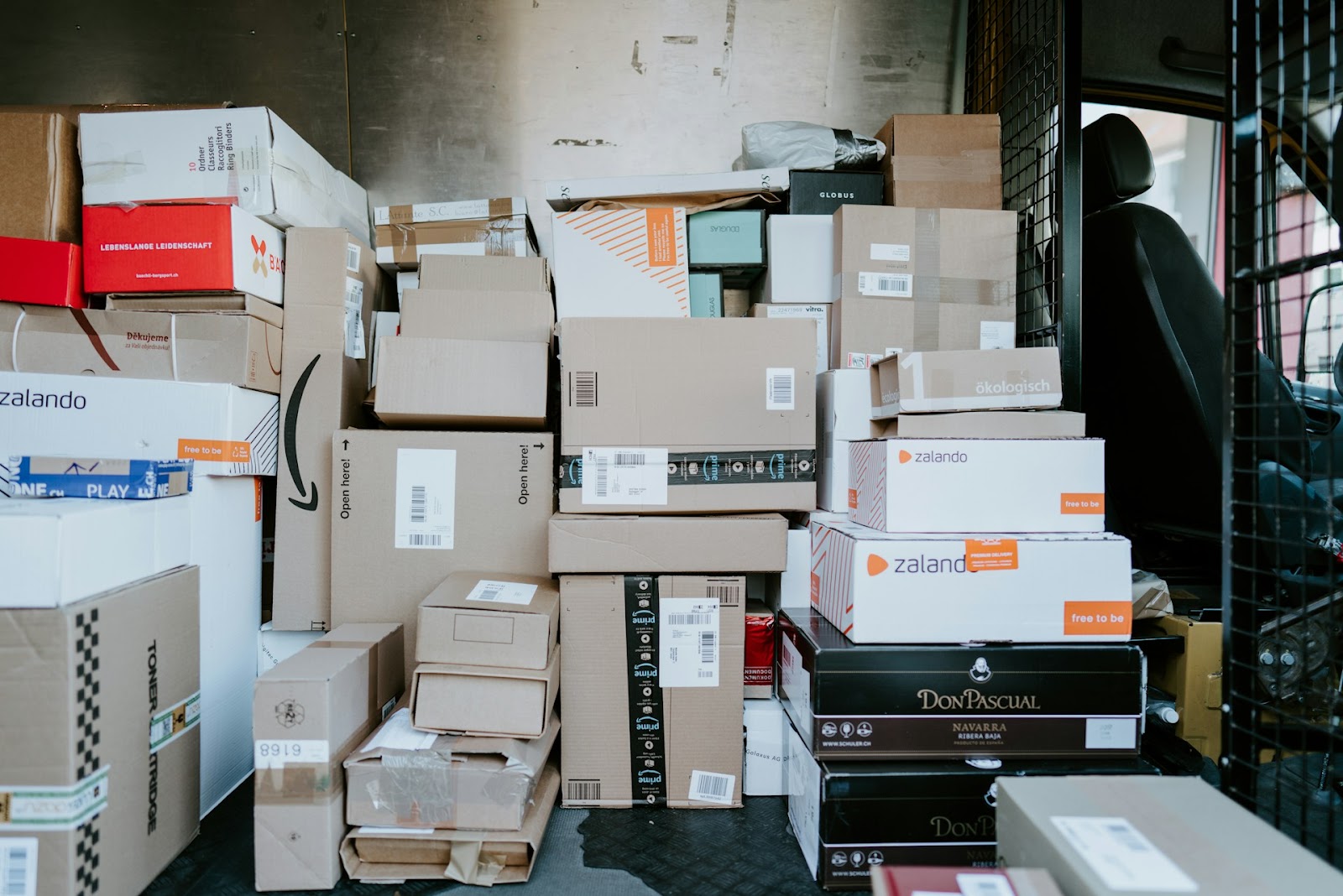
Returns are a normal part of running an online store, and handling them well can make a big difference in customer satisfaction. Returns usually start when the customer submits a request through an online portal.
Returned items go back to the warehouse, where they are checked for condition. Depending on the state of the product, it is either restocked, recycled, or discarded. A smooth and clear return process reduces customer frustration and keeps losses under control.
Tracking returns over time also helps spot recurring problems, whether in product quality, shipping, or order accuracy. This information gives you the chance to fix issues and make your fulfillment operations stronger overall.
Comparing Fulfillment Strategies
a) In-House Ecommerce Order Fulfillment
Handling fulfillment yourself means using your own space, staff, and equipment to get orders out. This approach works well for small businesses or startups that want close control without spending a lot upfront.
Benefits include:
- Lower startup costs since you don’t need much infrastructure.
- Full control over how orders are handled and packaged.
- Ability to create a personalized customer experience with custom packaging.
Limitations:
- Growth is limited by your physical space and the size of your team.
- Time spent packing and shipping can take attention away from other parts of your business.
- Shipping costs are usually higher without bulk discounts.
This approach is best if your order volume is manageable and you want hands-on control over quality.
b) Amazon FBA (Fulfillment by Amazon)
Amazon FBA lets you send your inventory to Amazon warehouses, where they take care of storage, shipping, and customer support. It is ideal for brands selling on Amazon and offers fast delivery options like Prime.
Key advantages:
- Fast delivery through Amazon’s logistics network.
- Returns and customer service are handled by Amazon.
- No need to run your own warehouse or hire fulfillment staff.
- Better visibility for products within Amazon’s marketplace.
Drawbacks include:
- Limited options for customizing packaging or branding.
- Storage fees can add up, especially if products sell slowly.
- Inventory must follow strict prep and labeling rules.
- You rely on Amazon’s policies and ecosystem.
FBA is best for sellers focused on the Amazon marketplace who want convenience and fast delivery, even if that means less flexibility with branding.
c) Third-Party Logistics (3PL)
3PL companies handle warehousing, packing, and shipping for you. This is a good choice if you want to reduce operational work or scale without building your own infrastructure.
Advantages:
- Less workload since fulfillment tasks are outsourced.
- Flexibility to grow or shrink capacity as demand changes.
- Access to multiple warehouses and shipping networks.
- Potential savings from bulk shipping rates and expert management.
Challenges:
- Less day-to-day visibility into how orders are processed.
- Service quality can vary depending on the provider, which affects customer experience.
- Resolving issues may take longer because fulfillment is handled externally.
- Limited customization for packaging and branding.
- Very fast-growing businesses may exceed a 3PL’s capacity.
3PLs are best if you want to focus on your brand while leaving logistics to someone else, but it’s important to choose a provider that matches your growth and service needs.
d) Hybrid Fulfillment
Hybrid fulfillment lets a business combine in-house operations with external fulfillment partners. This means a brand can store inventory and fulfill some orders from its own warehouse while also sending stock to one or more partner fulfillment centers.
How it works:
- The business uses its warehouse management system to handle inventory and process orders in its own warehouse.
- At the same time, the business can store products in fulfillment centers around the country or even globally.
- Orders can be split between locations so that customers get their items faster and shipping costs are lower.
Benefits:
- Keep control over your own warehousing and operations.
- Take advantage of your partner’s geographic reach to reduce delivery times.
- Ability to strategically split inventory to optimize fulfillment efficiency.
- Helps businesses scale without having to build multiple warehouses from scratch.
Hybrid fulfillment is ideal for merchants who want to stay in control but also leverage external locations to speed up deliveries and lower shipping costs.
e) Dropshipping
Dropshipping is a model where the merchant never keeps the products in stock. Instead, items are shipped directly from the supplier or manufacturer to the customer.
Types of dropshipping:
- Supplier to customer: The supplier or manufacturer produces, stores, and ships the products directly to the customer. The merchant’s role is to connect buyers to the product via their online store. The merchant never physically handles the product.
- Retail dropshipping: Here, a merchant sells products on a retailer’s website such as Walmart Marketplace or Target.com. The retailer does not hold inventory. Online orders are forwarded to the merchant, who fulfills them from their own warehouse or fulfillment center.
Benefits:
- No need to manage or store inventory yourself.
- Lower upfront costs since you don’t buy stock in advance.
- Can quickly offer a wide variety of products without building storage space.
Considerations:
- Less control over packaging and branding.
- Shipping times depend on the supplier or retailer.
- Returns and quality issues can be harder to manage.
Dropshipping is best for businesses that want to avoid the complexity of inventory management but still want to sell products online.
Common Ecommerce Fulfillment Challenges
1. Delays in Shipping and Delivery
Customers expect fast shipping, so any delay can quickly become a major issue. Slow delivery can happen because of inefficient route planning, warehouses that are too far from key markets, or outdated logistics technology. These delays hurt customer satisfaction, lead to lost sales, and can damage your brand’s reputation.
To improve delivery speed, focus on smarter routing and wider fulfillment coverage. Tools that provide real-time tracking and performance insights help you spot bottlenecks early and keep shipping timelines reliable.
2. Difficulties with Inventory Oversight
Not having clear visibility into your inventory creates problems like overselling, running out of stock, and slowing down fulfillment. Without real-time data on stock levels across all channels and warehouses, replenishing products becomes guesswork.
You need systems that keep your inventory synchronized and transparent. This helps prevent lost sales, reduces operational inefficiencies, and supports smoother operations as your order volume grows.
3. Managing High Volumes of Returns
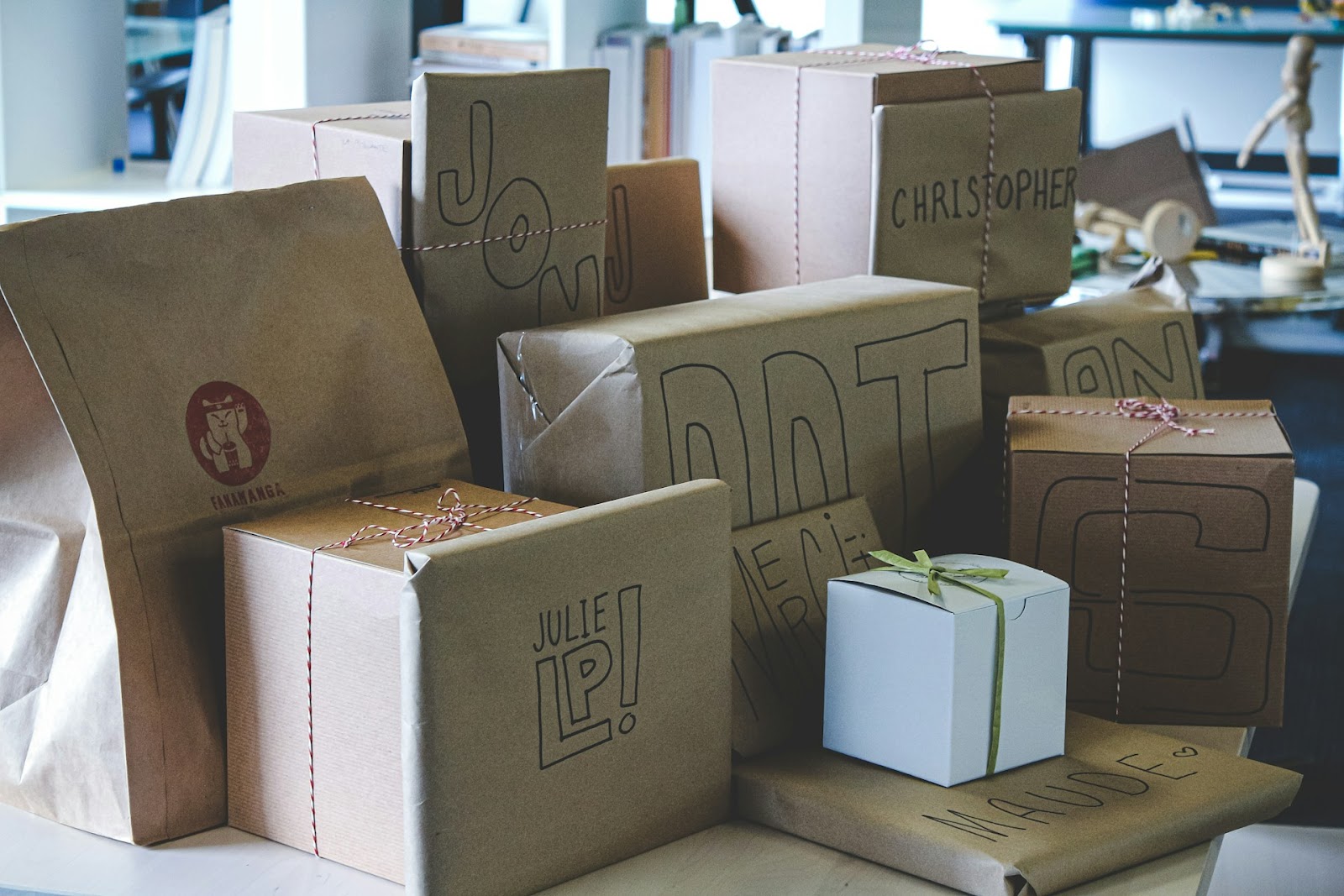
Returns are a natural part of ecommerce, but too many returns can disrupt operations and cut into profits. Returns often happen because of shipping mistakes, damaged products, or products not meeting customer expectations.
Managing returns efficiently is essential. Providing clear updates on return status improves trust, speeds up refunds, and gives insights into why products are returned, which can help reduce returns in the future.
4. Challenges with Software Compatibility
Running an ecommerce business involves multiple systems, from inventory management to order processing, shipping, and customer service. When these systems don’t work together smoothly, it creates extra manual work, data errors, and delays.
Using a unified system that integrates all tools reduces mistakes and keeps workflows running smoothly. Expert support for customizing and maintaining these integrations ensures your software ecosystem works efficiently and your operations stay on track.
Why Choose ShipwithMina as Your Ecommerce Fulfillment Partner
Managing Variable Sales Periods
If your business sees sharp peaks and slowdowns in sales, committing to fixed warehouse space and permanent staff can waste resources. ShipwithMina offers flexible storage and labor options that scale with your needs. During busy seasons, their team and facilities expand to handle higher volumes, and when demand drops, you’re not stuck paying for unused capacity. This adaptability ensures orders are fulfilled smoothly no matter the season.
Overcoming Operational Bottlenecks
Handling fulfillment on your own gives you control, but as your business grows, operational bottlenecks can slow order processing and hurt customer satisfaction. ShipwithMina provides specialized logistics services, including automated inventory management, order processing, and returns handling, so you can maintain high-quality service while focusing on growth. Their systems are designed to reduce errors and improve efficiency across all stages of fulfillment.
Supporting a Growing Delivery Network
Shipping across broader geographic areas increases both complexity and cost. ShipwithMina’s network of fulfillment centers allows you to store inventory closer to your customers, shortening delivery times and improving reliability. Their geographic reach also helps lower last-mile shipping costs and ensures your products arrive quickly and on schedule.
Scaling with Order Growth
As monthly order volumes rise, fulfillment complexity can grow rapidly. Processes that worked for lower volumes may struggle under heavier demand. ShipwithMina’s infrastructure and automation are built to handle high-volume operations while maintaining accuracy and speed. Their technology and expert team ensure your business can scale efficiently without sacrificing customer experience.


